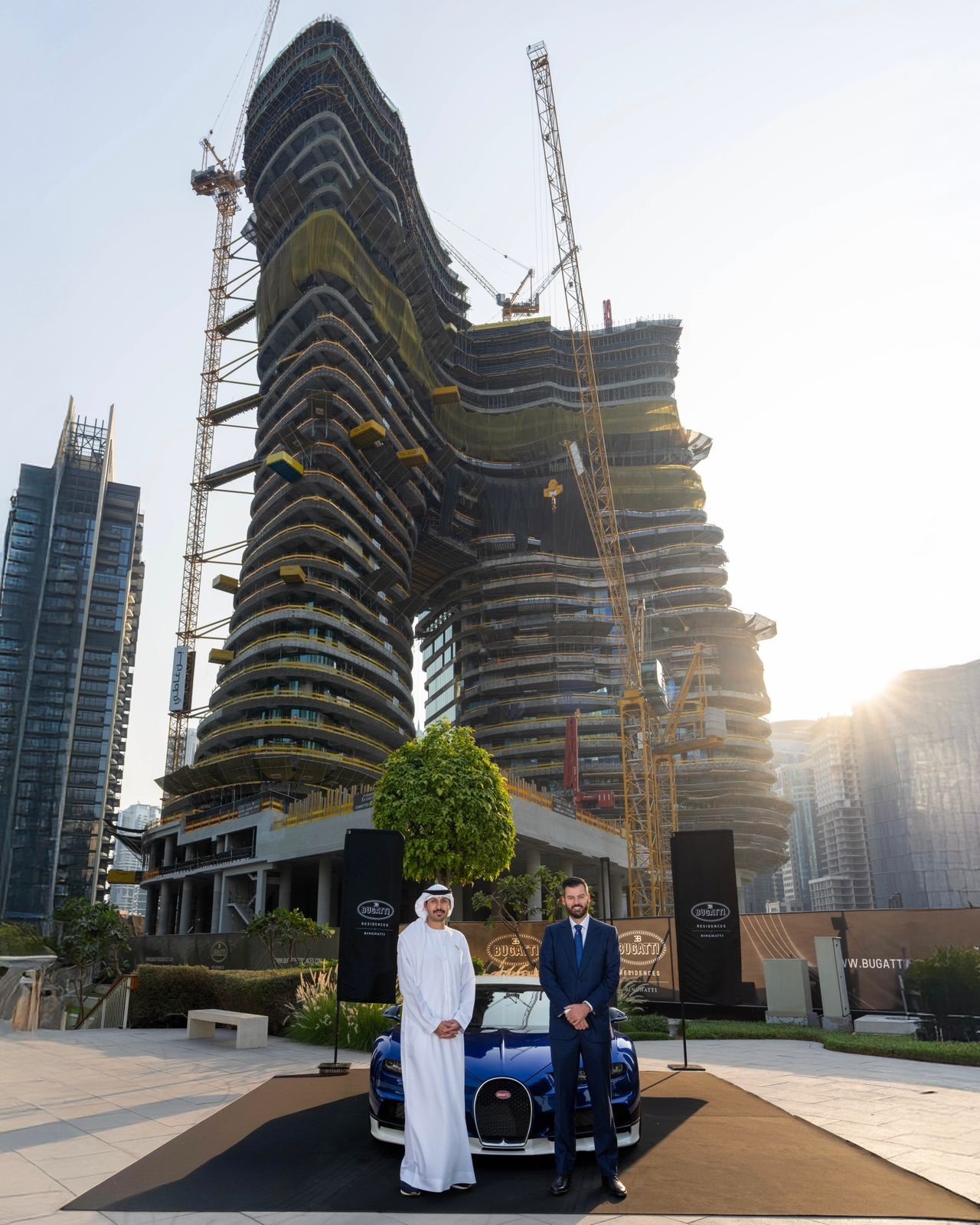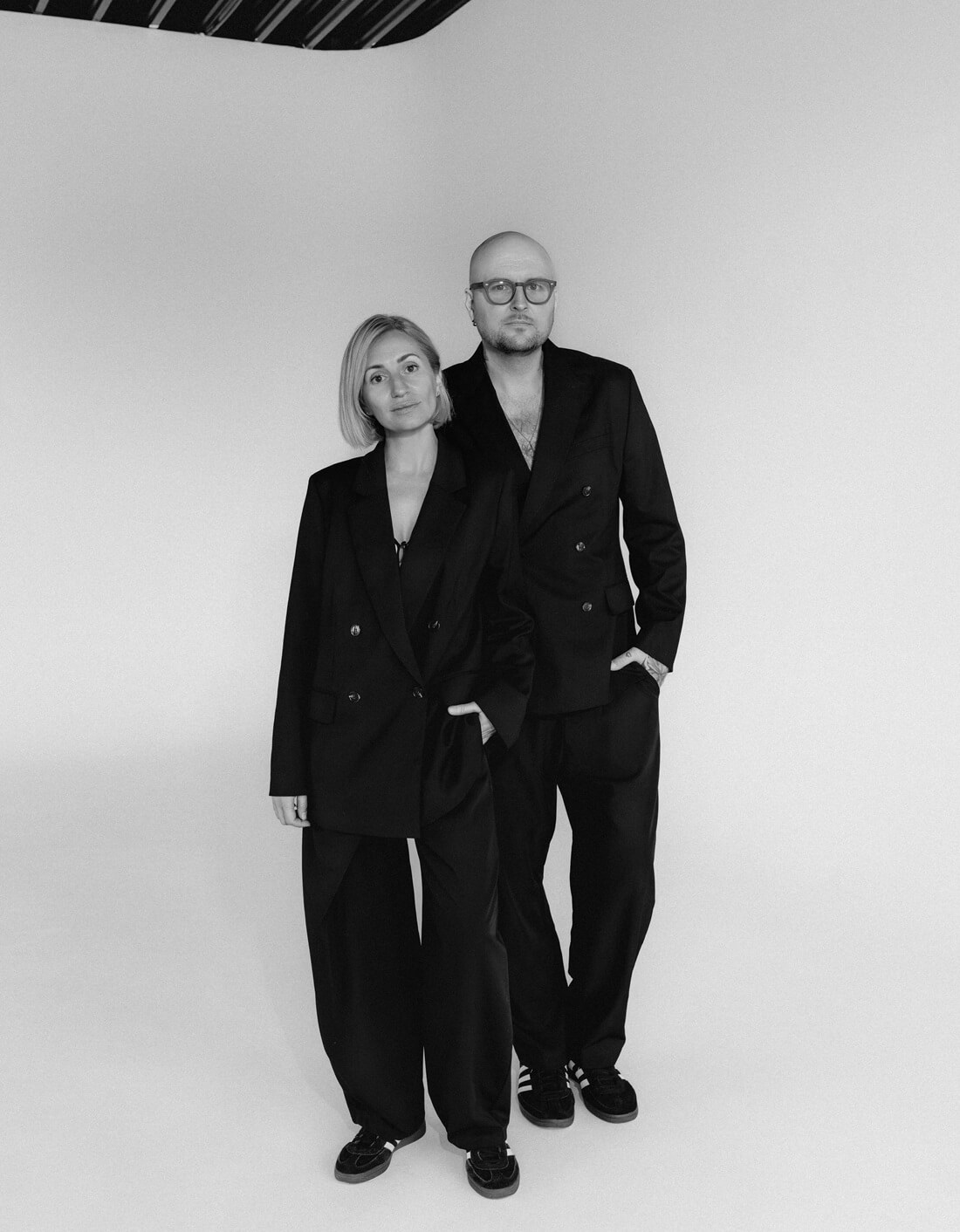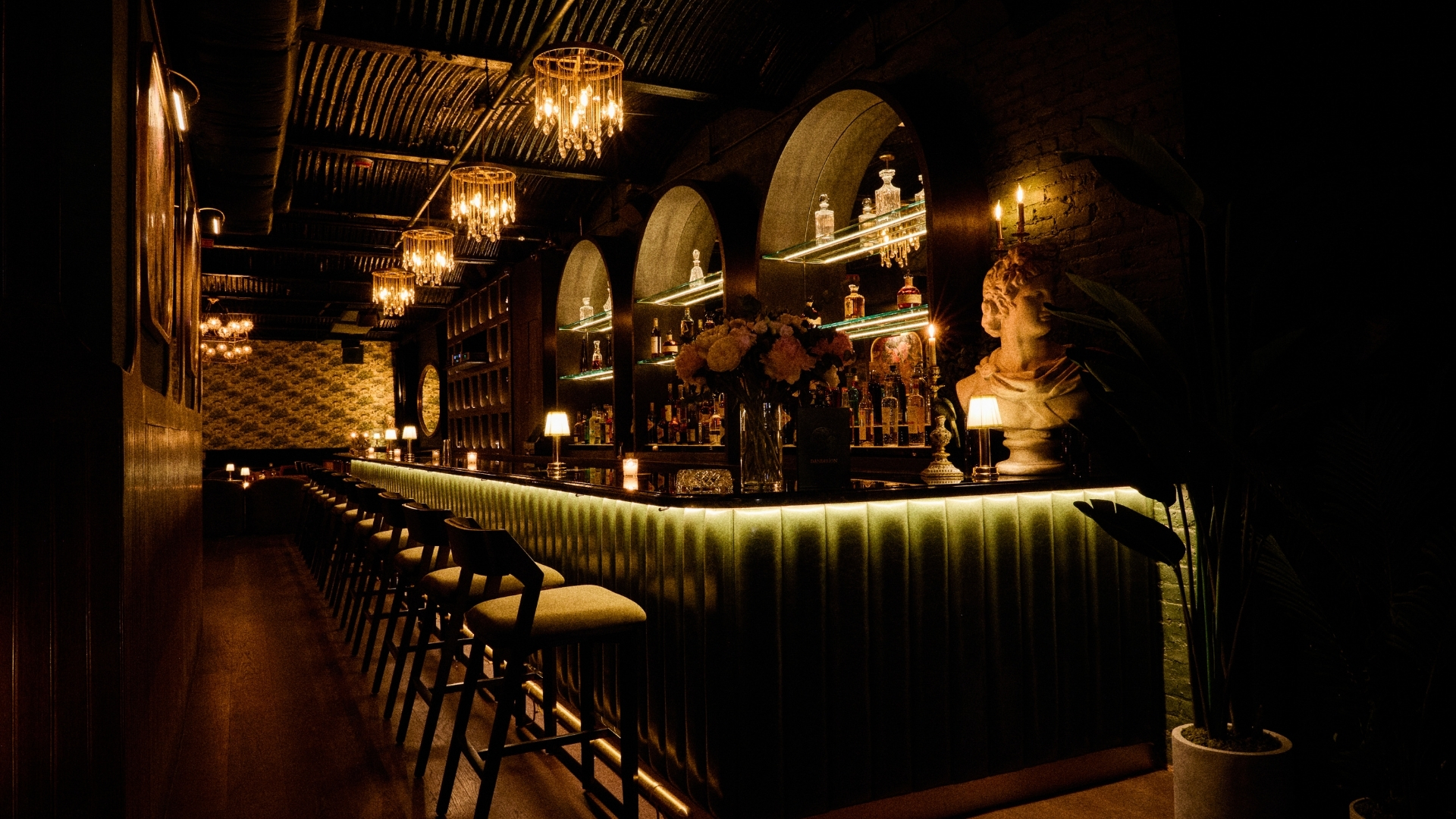The Art of Hospitality
So build they did. On the land that housed a Holiday Inn for 40 years, Edelstein, Rosen, and Rosen’s partner, Michael Fuchs, embarked on the first ground-up new build hotel project on the Beach in decades, and likely the last one to be built in the coming decades. This is not the first collaboration between the two New York real estate titans. Rosen’s RFR Holding has spent the past 25 years building a priceless portfolio of unmatched properties, primarily in New York (including the Seagram Building, Lever House, Park Avenue Place, Gramercy Park Hotel, and 40 Bond St., amongst others) as well as Las Vegas (Die Miracle Mile Shops), South Florida (1100 Lincoln Road and Emerald Dunes Golf Club), and in Rosen’s native Germany. His expertise lies in the construction, design, and financing aspects of property development, while Edelstein’s strengths are in the day-to-day marketing. A former taxi cab driver who made it big in the real estate industry, Edelstein’s golden investment includes the Lincoln Road pedestrian mall, while his current portfolio includes two world-class buildings on New York’s Central Park West. RFR and Tristar’s history can be traced back to 1994, when the two companies began working on projects together in Las Vegas, during which Rosen and Edelstein became close friends. Together with RFR, Tristar owns and operates the 500,000-square-foot Desert Passage shopping mall in Vegas.
Edelstein is the mastermind who secured the prime land that now houses the W South Beach, following a lengthy negotiation process with former owner Robinson Callen, who was hesitant to sell. Once he did agree to part with the property, he had one stipulation: Edelstein had to build—not flip it for profit. He agreed without hesitation, knowing that countless developers would kill to get their hands on the prime property; not to mention that he wanted to create a lasting icon that would elevate the offerings in Miami Beach.
Bringing Rosen into the project was a natural decision. “He was one of the early partners with Ian Schrager in the Delano,” explains Edelstein. “He has a long history in Miami, so this evolved as a perfect fit.”
Both gentlemen were ecstatic about the possibility of embarking on a project that would be built from the ground up, rather than the refurbishment projects that are standard in the historic Art Deco district. “By building a brand new condo-hotel, we were able to construct great rooms with high ceilings. And with such access to the ocean, the idea was to give everyone fantastic views, which is why we did it from scratch, instead of taking an old property and rehabbing it.”
uring the design stages, not only did they take into account the beachfront perch, they created a property that would benefit its surrounding neighborhood. “We have three-and-a-half acres on the ocean, surrounded by Collins Park, which is now redone, the Bass Museum, the Miami Beach Ballet, the new library,” explains Edelstein. “The property is at the heart of what is the cultural capital of Miami Beach; it was designated as such.”
Both Edelstein and Rosen cite the decision to fly the W’s flag as a natural one as well, despite the plethora of competing companies that were interested. “When I bought the land, I knew it was one of the greatest plots on the East Coast of the United States,” Edelstein explains. “I negotiated with every hotel operator, both nationally and internationally. There were a few operators who didn’t want to be in this location… The chairman and founder of the Starwood, which owns the W, always wanted a Miami location. It’s a brand that fits with Miami. It’s hip, it’s cool, it’s known for design. And aside from being a very trendy boutique hotel, it is known for its ‘Whatever, Wherever’ service. The combination was compelling to Aby and I—this is the right brand. It fits like a glove.”












